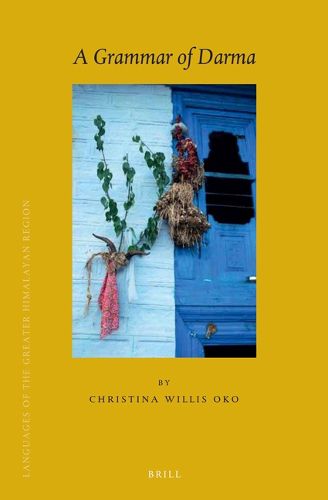Readings Newsletter
Become a Readings Member to make your shopping experience even easier.
Sign in or sign up for free!
You’re not far away from qualifying for FREE standard shipping within Australia
You’ve qualified for FREE standard shipping within Australia
The cart is loading…






A Grammar of Darma provides the first comprehensive description of this Tibeto-Burman language spoken in Uttarakhand, India. The analysis is informed by a functional-typological framework and draws on a corpus of data gathered through elicitation, observation and recordings of natural discourse. Every effort has been made to describe day-to-day language, so whenever possible, illustrative examples are taken from extemporaneous speech and contextualized. Sections of the grammar should appeal widely to scholars interested in South Asia’s languages and cultures, including discussions of the socio-cultural setting, the sound system, morphosyntactic, clause and discourse structure. The grammar’s interlinearized texts and glossary provide a trove of useful information for comparative linguists working on Tibeto-Burman languages and anyone interested in the world’s less-commonly spoken languages.
$9.00 standard shipping within Australia
FREE standard shipping within Australia for orders over $100.00
Express & International shipping calculated at checkout
Stock availability can be subject to change without notice. We recommend calling the shop or contacting our online team to check availability of low stock items. Please see our Shopping Online page for more details.
A Grammar of Darma provides the first comprehensive description of this Tibeto-Burman language spoken in Uttarakhand, India. The analysis is informed by a functional-typological framework and draws on a corpus of data gathered through elicitation, observation and recordings of natural discourse. Every effort has been made to describe day-to-day language, so whenever possible, illustrative examples are taken from extemporaneous speech and contextualized. Sections of the grammar should appeal widely to scholars interested in South Asia’s languages and cultures, including discussions of the socio-cultural setting, the sound system, morphosyntactic, clause and discourse structure. The grammar’s interlinearized texts and glossary provide a trove of useful information for comparative linguists working on Tibeto-Burman languages and anyone interested in the world’s less-commonly spoken languages.